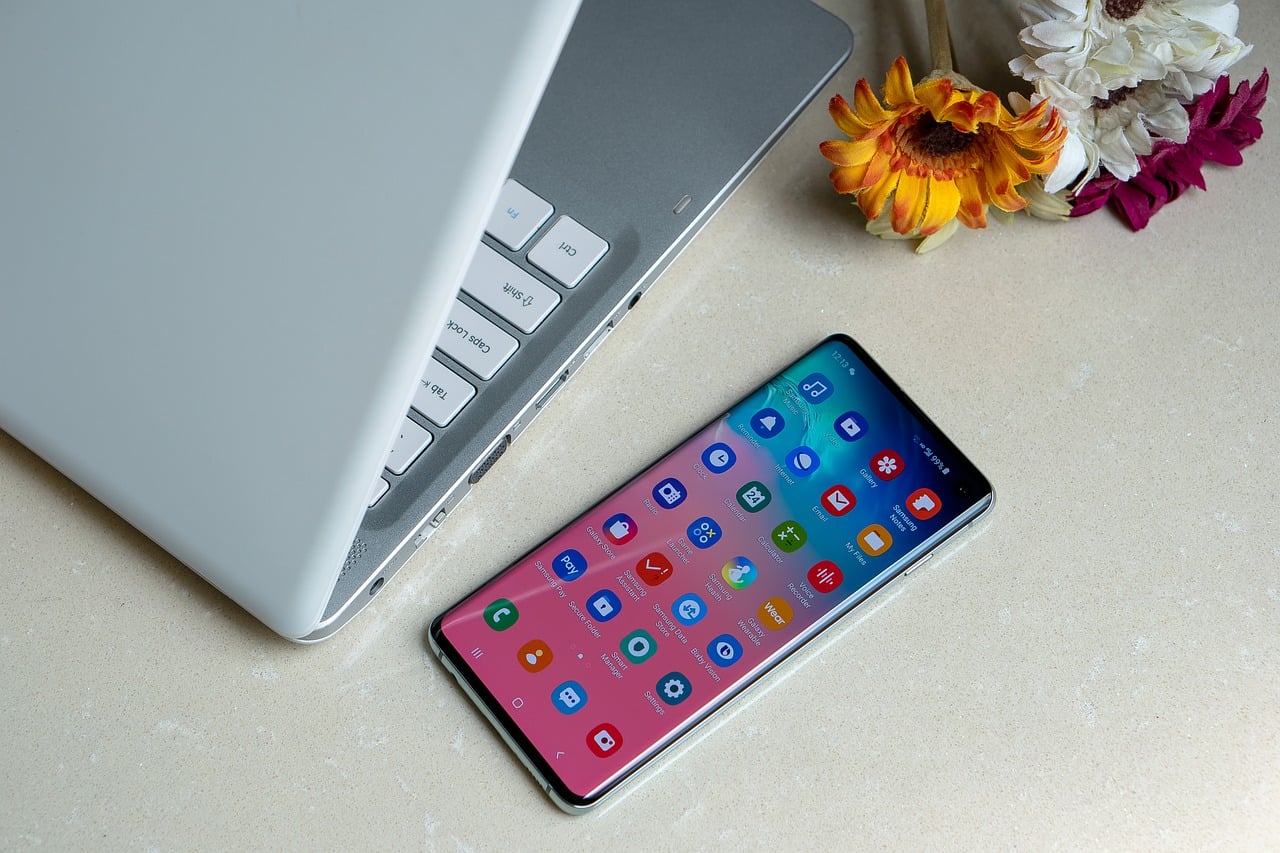With the announcement of Galaxy S10 Lite, Samsung now has two ‘affordable’ smartphones in its Galaxy S10 series. The Galaxy S10 Lite is arriving nearly a year after the Korean company launched the Galaxy S10E for people who couldn’t afford the more expensive Galaxy S10, S10 Plus, or S10 5G. In this Galaxy S10 Lite vs S10E comparison, let’s check out how the two phones differ. They both are compelling options for customers who want the premium Galaxy experience without spending a huge pile of cash
Only Samsung knows why it felt the need to launch another affordable phone in the S10 series when it was already selling the S10E. The S10 Lite and S10E have a number of similarities, but there are also many differences that set them apart.
Galaxy S10 Lite vs S10E – Design
The two devices look similar at first glance. But there are many design differences. For one, the S10 Lite has the punch-hole cutout in the top-center of the screen to house the selfie camera. On the S10E, the punch-hole is located in the top-right corner.
On the back panel, the S10 Lite has a prominent square-shaped bump that accommodates three camera lenses. In contrast, the S10E features a horizontally-aligned dual camera setup. The S10 Lite has an in-display fingerprint sensor for security, but the S10E gets a side-mounted fingerprint sensor.
The S10 Lite has a plastic body. It doesn’t feel as premium as the S10E, which has an all-glass body supported by an aluminum frame in the middle. The glass back enables the older S10E to support wireless charging. Another major difference is that the S10E retains the 3.5mm audio jack, which is missing from the new S10 Lite.
The Galaxy S10 Lite measures 75.6 x 162.5 x 8.1mm and weighs 186g. It is taller, wider, thicker, and heavier than the S10E, which measures 69.9 x 142.2 x 7.9mm and weighs 150g. The S10 Lite will be available in Prism Black, Prism White, and Prism Blue colors. The S10E comes in Prism White, Prism Black, Prism Blue, and Flamingo Pink color options.
Display
The Galaxy S10 Lite sports a giant 6.7-inch Full HD+ display with 2,400 x 1080p resolution and 394ppi of pixel density. It gets a Super AMOLED Plus Infinity-O display. The screen is flat rather than curved. Unfortunately, it doesn’t support HDR10+, which is present on the Galaxy S10E.
In contrast, the S10E has a relatively smaller 5.8-inch Dynamic AMOLED display with 19:9 aspect ratio, 1080 x 2280p resolution, and a higher 438ppi of pixel density. The Always-on display is protected by Corning’s Gorilla Glass 5.
Internal specs
Both of them are budget-friendly phones, but they are powerful enough to handle any task you throw at them. The S10 Lite runs Qualcomm’s octa-core Snapdragon 855 processor built on the 7nm architecture. It packs 6GB or 8GB RAM and 128GB of built in storage. It also has a microSD card slot that supports external storage of up to 1TB.
The S10E runs the same Qualcomm Snapdragon 855 processor as the S10 Lite. But depending on the market, Samsung also sells a variant of the S10E running its own Exynos 9820 chipset. It comes in two different configurations of 6GB RAM+128GB storage and 8GB RAM+256GB storage. It supports external storage of up to 512GB via a microSD card.
Battery and charging
The S10 Lite has a pretty big 6.7-inch screen. It needs a large battery to power the screen all day. Samsung has equipped the phone with a 4,500mAh battery, which should easily last more than a full day of normal usage. It supports Samsung’s proprietary 25W Super Fast Charging technology.
The S10E packs a 3100mAh battery with 15W fast charging and fast wireless charging support. It also supports bidirectional wireless charging, allowing you to charge your accessories and other compatible devices by putting them on the back of S10E.
Galaxy S10 Lite vs S10E – Camera
The S10 Lite has a triple camera setup on the back. It features a 48MP primary lens, a 12MP ultra-wide angle lens, and a 5MP macro lens. Samsung has used a less impressive macro lens instead of a telephoto lens. It means you have to move closer to the object to shoot photos instead of zooming in. The S10 Lite supports the Super Steady OIS, which provides greater stability for action-focused photos and videos. For selfies, it has a 32MP lens.
The S10E has only two lenses on the back. It consists of a 12MP wide-angle lens with variable apertures of f/1.5 and f/2.4, and a 123-degree 16MP ultra-wide-angle lens with f/2.2 aperture. The apertures on the wide-angle lens switch automatically between the two depending on the lighting conditions to take the best shot. On the front, it features a 10MP lens with f/1.9 aperture.
The Galaxy S10 Lite is capable of recording 4K videos at up to 30fps. In contrast, the S10E can shoot 4K footage at up to 60fps.
Price
Samsung hasn’t yet revealed how much the S10 Lite would cost. But the device is likely to be priced in the same range as the S10E, or maybe a little lower. The S10E starts at $750 for the 6GB/128GB model and goes up to $850 for the 8GB/256GB variant.
Samsung is preparing to launch the next-gen Galaxy S11/S20 in the next couple of months. The launch of Galaxy S10 Lite is unlikely to affect the S11/S20 sales.
The S10 Lite has a bigger screen, triple cameras, a larger battery, and an in-display fingerprint sensor. These features could help it compete with the Pixel 3A, OnePlus 7T, and other devices in the same range. But the S10 Lite’s biggest competitor isn’t the Pixel 3a or OnePlus phones. Its biggest competitor is Samsung’s very own Galaxy S10E.





